Technical Analysis of Gaps: Identifying Profitable Gaps for Trading
$22.36
| Author(s) | , |
|---|---|
| Format |
|
| Pages |
250 |
| Publication Year |
2012 |
In Technical Analysis of Gaps, renowned technical analysis researchers Julie Dahlquist and Richard Bauer change all that. Drawing on 60 years of comprehensive data, they demonstrate how to sort “strategic” gaps from trivial ones, and successfully trade on gaps identified as significant. Building on work that recently earned them the Market Technicians Association’s 2011 Charles H. Dow Award for creativity and innovation in technical analysis, Dahlquist and Bauer offer specific gap-related trading tips for stocks, futures, and options.
Introduction:
We first started looking at gaps because they provide useful illustrations when teaching our students how to read stock charts. Students hear a news report that their favorite company just reported earnings, that a company is being sued, or that a well-known company, such as Apple, is launching a new product and ask how these events will affect the price of the stock of the company. These news events often trigger sizeable price moves, frequently on a gap. We can introduce the concept of a gap easily and quickly and then use the conversation as a jumping-off point for broader discussion of the tools of technical analysis.
Gaps repeatedly come up during small talk when people find out that we have a background in technical analysis. Even individuals who know little about the stock market seem to have heard the adage “the gap is always filled.” The two technical analysis terms that people seem to latch on to are “head and shoulders” and “gaps.” After engaging in a number of these conversations, we thought it would be interesting to pursue this topic a bit more.
Gaps seem to have captured the attention of the earliest technical analysts, but we found surprisingly little systematic study of gaps. Much of the recent work in the area of technical analysis has been based on complex mathematical models. We thought it would be a fun and interesting endeavor to investigate one of the simple, basic ideas of technical analysis in more depth. Thus, a couple of years ago we began our inquiry.
Contents:
- What Are Gaps?
- Windows on Candlestick Charts
- The Occurrence of Gaps
- How to Measure Returns
- Gaps and Previous Price Movement
- Gaps and Volume
- Gaps and Moving Averages
- Gaps and the Market
- Closing the Gap
- Putting It All Together
Technical Analysis of Gaps: Identifying Profitable Gaps for Trading By Julie A. Dahlquist and Richard J. Bauer pdf
24 reviews for Technical Analysis of Gaps: Identifying Profitable Gaps for Trading
Clear filtersOnly logged in customers who have purchased this product may leave a review.

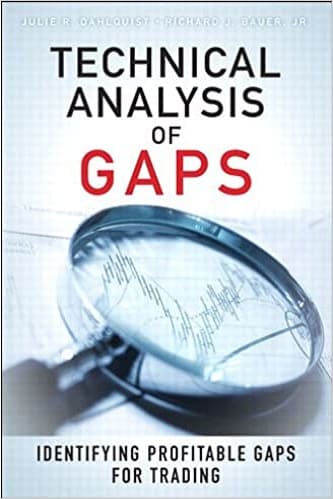


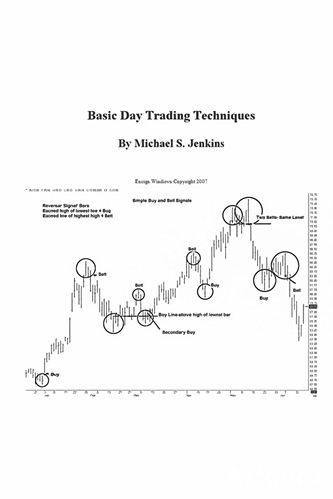
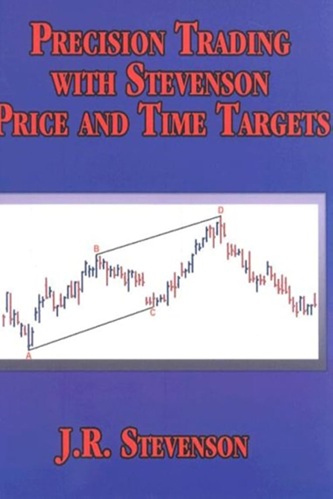

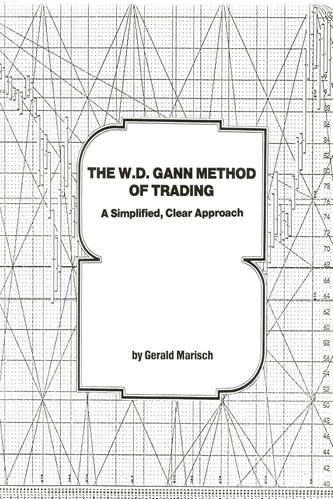
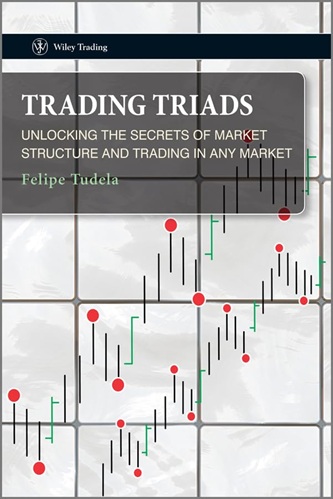
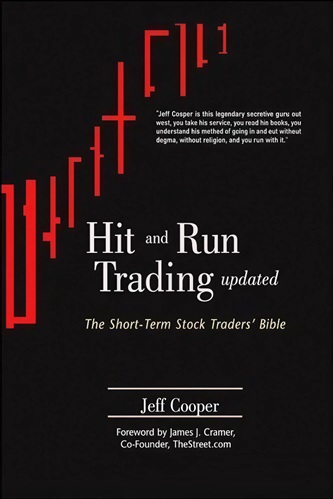
Thalia Ventura (verified owner) –
Trading is a game of data and probability. Justice was done to gather data in this book.
only thing missing is actually giving a strategy based on the data,
An experienced trader will be able to formulate a strategy based on the good data in the book but I’m sure new traders will be able to do that.
Most things in the book are true and occur very frequently
Noe Calhoun (verified owner) –
The reader will not find a cookie cutter approach or trading technique. It is a fair and objective study on the subject.
Tinsley Bradshaw (verified owner) –
This book is short and succinct, without a lot of fluff. The authors balance the use of actual market examples with statistical evidence regarding the profitability of trading with gaps. This book helps the reader determine which gaps provide valuable information for a trader.
Elliot Barnes (verified owner) –
My son Adam reviewed this item since he is very interested in learning about the stock market.
Even though he is new to this area of business, he found it very user-friendly.
Here is his comment:
Very informative, started out from very basic knowledge and seamlessly takes you to more complex and interesting economic ideas. Would highly recommend it to any one involved in the markets.
Branson Roth (verified owner) –
This book is not a text book, it is written in a way that the user is talking to you (not lecturing you), although it is very informative and offers everything you need to know for the basics of how to analyze performance and gaps in the market. The book is well written and offers numerous examples. The book offers numerous charts and graphs to help you visualize the gap type that is being referred, and offers great insight on what to look for when studying gaps. The book is easy to follow and does not try to jam everything down your throat (like a textbook). It starts off with the basics, like different types of gaps, and then goes on to focus on what to look for and how to make use of and (more importantly) make profit by analyzing the gaps.
In the end this is a nice book. It is an easy read and is easy to follow. It offers great advice and plenty of examples to help visualize what the author is talking about, I would highly recommend this book for people who are serious on expanding there understanding of the market and wish to be able to understand and decipher trends and gaps better!
Elyse Leblanc (verified owner) –
Not worth the time or money…and it didn’t cost that much. Have to agree overall with Zcheck2u, except that I’ve never been keen on Larry Connors’ methods. I consider myself to be a high beginner/low intermediate gap trader and gaps are generally all that I trade. This book fundamentally contributed nothing to enhancing my gap trading skills. I don’t know how an entry level gap trader would begin to use this book to develop a trading strategy without a considerable amount of trial and error paper trading first because limited backtesting I did on some of the scenarios in the book produced some monster loss situations, so there’s the whole issue of managing a trade once you’re in, which the book ignores.
Damian Mahoney (verified owner) –
A gap in trading is a concept when a stock opens at a higher/lower price compared to the previous day’s close.
This books does a detailed analysis of the Trading gaps and how to use them in trading stocks. The authors extensively use candlesticks for the analysis and draw from various examples in the recent past to illustrate the use of stock gaps.
Clayton McKinney (verified owner) –
This is a good, intermediate level book on gaps. The authors cover the various types of gaps, their frequency and measurement. They also relate gaps to other aspects of technical analysis, such as previous price movement, volume and moving averages.
There are a fair number of charts, mostly candlestick. There are also spreadsheet style tables showing returns of gaps over various market conditions and after different lengths of time.
The last chapter is called “Putting It All Together” and includes a wrap up discussion.
I would like to have seen a trading system with a Tradestation style performance summary.
Ms. Dahlquist and Mr. Bauer are both Chartered Market Technicians with previous books to their credit. I recommend this book for those looking to learn more about gaps.
Layne Harding (verified owner) –
As the title indicates, this book is about the role of stock price gaps in technical analysis. The authors have done a fine job of writing in a manner that makes their subject very accessible. Their research into gaps is extensive and apparently unprecedented, and I found a lot of the statistics, such as on the occurrence of gaps, to be quite interesting, if not entirely useful.
My biggest criticism of the book is with the charts, most of which are simply too small to read with ease. The most useful parts of the book, for my purposes, were the relatively small section devoted to gaps in relation to moving averages, and the last chapter entitled, “Putting It All Together,” which succinctly summarizes the whole of the book in a few very worthwhile pages. Although I enjoyed reading the book, the bottom line remains that a gap on a chart is only one of many items that one must consider when determining the possibility of a successful trade.
Landry Contreras (verified owner) –
A Handy and Helpful Guide Book
I have a favorable opinion of this book. The topic of “gaps” in stock prices that the authors discuss is important now and I believe will become even more important to technical analysts and traders in the future.
The price gaps defined, discussed and documented in this compact and handy book will serve as a ready and reliable reference. Many cases of gaps are listed, summarized and scrutinized for points of departure. The incidences of gaps mounting in recent years revealed in this book underscore the fact that gap analysis is becoming a key subject in technical analysis.
This book will help the technician and trader by furnishing a pivotal tool for coping with a market world increasingly composed of fat tails, Black Swans, and Catastrophe Jumps that give rise to non-linear discontinuities. The cases of CLWR on page 95 and PANL on page 100 in the Dahlguist and Bauer book nicely illustrate the use of break-away gaps to identify the transitions from horizontal trading ranges of preparation to the subsequent markdown and markup price trends. Gaps shown helped to define those major shifts in underlying market forces. Thus this handy book can be helpful to traders and analysts seeking to identify future high-reward/lower risk trading opportunities.
Eve Quinn (verified owner) –
This book is written by two academics: Julie Dahlquist, PhD who teaches Finance at the University of Texas at San Antonio College of Business and Richard Bauer, Jr., PhD who is the Professor of Finance at St. Mary’s University’s Bill Greehey School of Business. Dr. Bauer has extensive training in Physics, Economics and Finance while Dr. Dahlquist’s background includes degrees in Economics and Theology. This team won 2011 Charles H. Dow award for excellence an creativity in techncial analysis for the paper they wrote together titled “Analyzing Gaps for Profitable Trading Strategies.
Now that we established, author’s credentials it is also important to mention that this book can be read by technical and non-technical individuals interested in trading. Authors are using (candlestick) charts and tables for number of stocks to explain how gaps on these charts can help identify opportunities for trading (short, buy, sell). Book is quick read and also easy to understand. One however, has to be trading enthusiast to read this book. All stock data presented in the book is fairly new and it includes 2011 trading data for stocks discussed in the book. It is great reference manual for anyone attempting to play with day trading or short term trading.
Samson Pruitt (verified owner) –
I will start by saying this book is NOT for novice traders. It discusses gaps assuming you already know the language, and basic workings of stock trading, so if you’re looking for something to educate you on how to trade, this is NOT the book for you.
For intermediate traders this is a great book if you’re looking to make some money on the gaps that have now become very common with the the market currently fluctuating. It gives examples of various types of gaps, show charts, and helps you understand how to recognize what will make you the most money.
Overall, it’s a great resource for any mid to high level trader looking to understand how gaps can make them some money!
Olivia Conner (verified owner) –
This book was very needed with the unprecedented recent gaps in 2011. The authors go about studying how stocks performed after gap ups and gap downs and how they played out over the next 5, 10, and 30 days. The results are not surprising because they looked at the stock market as a whole and not specific stocks in the value or growth sector. Their findings? Gap ups tend to retrace in the next few days but end up going higher over the next month. Gap downs tend to go down over the next few days but also end up higher over the next month. These findings show that gap ups are bullish for stocks over the longer run and gap downs are usually over done and will revert back closer to the mean price once the fear has subsided.
However this is the case with the vast majority of stocks, there are outliers in growth stocks that gap and run 50% to 100% in price or gap down then tumble 50% in price over a month. I believe a study of growth names would have given different results than a study of all stocks that generally have no real catalyst of growth to send them on a trend that a gap could have signaled. I did not need a book to tell me that gap ups in sleepy big caps tend to revert back quickly to where they started or gap downs tend to go back if the stock is a range bound stock, which most are.
This book is worth the read, it did dispel the trading axioms “All gaps are filled” there are many that go years with out being filled. Or the “trade in the direction of the gap” most down gaps reverse back to where they came.
Interesting read, but it is impossible to really trade with any of the insights in the book, more than anything the book shows that gaps are low probability trading events in the majority of cases.
Rhea Fields (verified owner) –
Everything as expected. Thank you.
Rhys Nelson (verified owner) –
The best on testing gaps trading .
Malcolm Russo (verified owner) –
Limited practical value
Marcellus Pugh (verified owner) –
I have read few other books, but really liked this one. It explain in plain English how to do things.
Emilio Ferguson (verified owner) –
It was a short book with lots of gap detail information. In my personal analysis of gaps I found that stocks gap down when the 20 and 50 day moving average moves down and intersects and they gap up when the average are moving up and intersect. There was no mention of this to my recollection. It was somewhat dry so it was good that it was short. I would buy it again as I seek detailed information regarding these sorts of things. I found out one really interesting thing in that many times in the short run the gap will pullback in the direction from which it came. So for a day trade play the gap in opposite direction. Day traders make a living on this. Long term gaps tend to move in the direction of the gap. See New Markets Wizards book. One of the Interviewees had a study done on gaps. To reiterate, this book was worth purchasing.
Violeta Kelly (verified owner) –
Academic and real
World perspectives with multiple examples given every chapter. Recommend as an initial resource for day trading techniques.
Braden Gould (verified owner) –
I didn’t like it personally. It was a little bit confusing. Maybe I need to study more on finance. Will give it another try soon.
Kaiden Keith (verified owner) –
Easy to read and understand with helpful charts. I’ve used the information herein in only simulated trades but definite promise.
Gwendolyn Garrison (verified owner) –
Nothing to take a away to help develop a useable trading strategy. Just a lot of research facts and interesting notes.
Brylee Marshall (verified owner) –
I was not sure what I learn from this book, but as a frequent buyer of stocks and options, I wish I had read this book or something like it sooner. The authors presented a great deal of facts based on historical studies and analysis that anyone who has done stock market investing will find useful.
Like:
– Good background and explanation of what occurs when stocks prices gap
– A lot of detailed and descriptive examples provided for certain stocks along with historical data
– Information on how to use the data provided for your own purposes in investing in the stock market
Dislike:
– Some of the chapters can seem redundant and the repetitive or hard to follow at times; it requires focus and maybe multiple readings of certain passages to really comprehend the in-depth analyses.
Overall, I found the authors to have a great grasp and mastery of the topic how the findings can benefit those who invest and
buy/sell stocks. I would recommend this for anyone who wants to learn more about investing in the stock market as this could help them perform better.
Emory Smith (verified owner) –
The book covers all aspects of gap trading and has the analysis completely thought out and documented. The logic and the limits to each model they use are explained in detail. They try to cover the limits of each trading strategy and explain the weaknesses in each model they derive.
A good reference book but no real conclusions can be drawn from it regarding trading philosophies.
A good source on how to evaluate the model you are using for trading.
They do a good job of explaining why many of the trading statements, gaps always fill and trade the direction are mutually exclusive.
It makes you think more critically about a lot of the market advice.